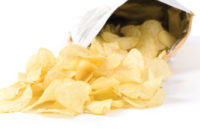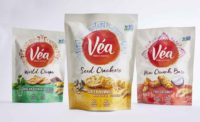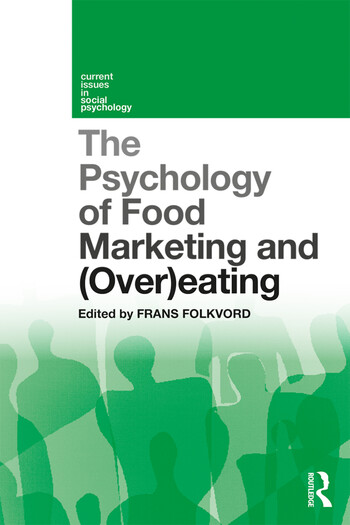Health Ingredients Strengthen Snack Sales
Healthy snacks made from kale, chickpeas, and sweet potatoes are revitalizing the US snack market and are favored by Millennials, Gen-Xers, and parents

Sales of salty favorites—including potato chips, pretzels and popcorn—and portable meat products—such as jerky—have mostly displayed growth potential or at least remained steady over the past five years. The snack industry has likewise benefitted from the influx of healthier formulations that better fit the nutrition-centered lifestyles of many of today’s consumers.
This push towards healthier snacks has created a thriving market for alternative ingredient snacks made using pulses and alternative vegetables and grains such as chickpeas, sweet potatoes, kale, and spinach, among other novel elements. Sales of alternative ingredients snacks in 2017 are forecast to rise to $1.2 billion, according to market research firm Packaged Facts in the brand new report Snack Food Nutrition Trends: Pulses, Vegetables, and Grains in Salty Snacks and Crackers.
“Looking at both present trends and towards the future, alternative ingredient snack sales are going to continue moderate to strong growth over the next few years, building on the larger healthier-for-you trend affecting the overall snack market and on the unique flavors and textures consumers are also craving,” says David Sprinkle, research director, Packaged Facts.
The strong growth of sales of alternative vegetable-based snacks, particularly salty snack versions, was the largest factor contributing to the rise in sales in 2016. Packaged Facts estimates the salty snack segment carried the alternative-ingredient snack market in 2016, with growth of almost 7%, or faster growth than what was seen by salty snacks as a whole.
From 2006 to 2016, the percentage of all adults who usually only snack on healthy foods grew from 24% to 30%. Beyond the general uptick in healthy eating, the most important market drivers are demographic and have to do with age, specifically families with children and snackers making up the younger generational cohorts. For any given category of snack, the percentage of adults with children in the household who eat the snack is 19% or more than the percentage of adults who eat the snack and who do not have any children in the household.
While young families with children are extremely important for the alternative-ingredient snack market, it is fair to say that all younger people are an important demographic driver. There is a very large gap in the percentage of Millennials and Gen X adults who eat these snacks compared to those who are 50 and older. This type of snack, almost more than any other, appeals to younger people. While novelty is certainly a factor with Millennials, typically the reasons for why a person chooses alternative-ingredient snacks are essentially the same across all age groups; the number of those who are 50 or younger who choose to do so is simply much greater.
As with young families, the potential of theses younger cohorts as a driver for the alternative-ingredient snack market is only going to increase with time as they become a greater percentage of the population and gain additional buying power. The interesting question is whether those who are just becoming adults now (i.e., Gen Z) will follow in the footsteps of their (slightly older) elders or forge a new snacking path.
View additional information about Snack Food Nutrition Trends: Pulses, Vegetables, and Grains in Salty Snacks and Crackers, including purchase options, the abstract, table of contents, and related reports at the Packaged Facts website.
Looking for a reprint of this article?
From high-res PDFs to custom plaques, order your copy today!









